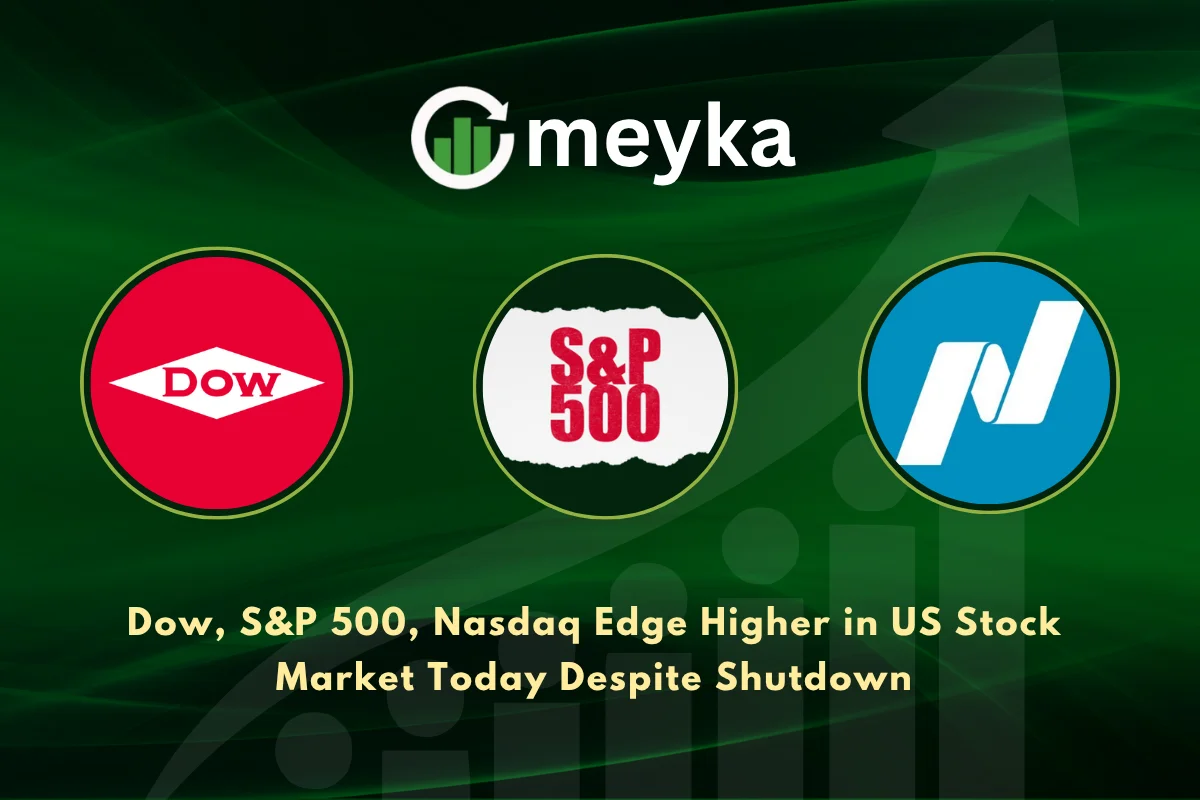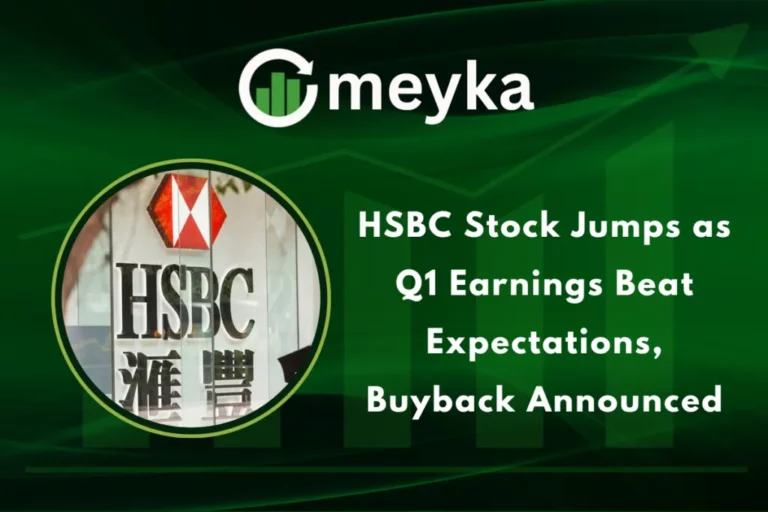Dow, S&P 500, Nasdaq Edge Higher in US Stock Market Today Despite Shutdown
On Wednesday, U.S. stock markets showed surprising strength. The Dow Jones, S&P 500, and Nasdaq managed to edge higher even though the federal government entered a shutdown. This resilience has drawn attention from investors, analysts, and those watching AI stocks and broader stock market trends.
What’s Going On
At the start of October, the U.S. federal government failed to pass a funding bill on time, causing a partial government shutdown. Some nonessential services will pause, and certain economic data releases might be delayed. Still, markets responded with cautious optimism.
Here’s how key indexes moved on Wednesday:
- The S&P 500 climbed about 0.3%, setting a fresh record close.
- The Dow rose roughly 0.1%, inching upward despite uneven sector performance.
- The Nasdaq Composite gained around 0.4%, helped by strength in tech and innovation names.
This shows that investors are still willing to bet on growth and innovation in the near term, even under challenging political conditions.
Why Did Stocks Climb?
Several factors helped push the U.S. stock market higher:
- Weak economic data and lower bond yields
A private ADP report showed that U.S. employers lost 32,000 jobs in September. That unexpected weakness reduced Treasury yields, which tends to make equities more attractive compared to bonds. - Investor focus shifting toward corporate earnings and tech
Since the shutdown might delay some government-reported data (like nonfarm payrolls), investors are looking more at companies’ individual results, especially in sectors like AI stocks, cloud computing, and semiconductors. - Sector rotation and defensive plays
Drug and healthcare stocks posted strong gains. Some firms that had been under regulatory pressure saw relief. These moves helped balance weakness in more cyclical sectors. - Resilience during shutdowns
Historically, past U.S. government shutdowns have had limited long-term damage to markets, which may give investors confidence to stay invested.
As one market commentary put it: futures for the S&P and Nasdaq were rising despite the shutdown headlines.
Risks and What Could Go Wrong
Even though things look encouraging, several risks remain:
- A longer shutdown or gridlock in Congress could hurt confidence, especially if more services or agencies shut down.
- Delayed or missing economic data will make it harder for traders and analysts to assess the health of the economy.
- Fed decisions still matter; if the Fed is cautious about inflation or signals fewer rate cuts, markets could pull back.
- Overvaluation in tech or AI stocks: some names are priced for perfection, and any disappointment could spark a selloff.
Because of these, volatility might increase in the coming days.
The Role of AI Stocks & Technology
The Nasdaq’s outperformance is no coincidence. Much of its weight rests on AI and tech-focused companies. These names tend to ride momentum and investor hype. Even when the broader market is mixed, if AI stocks rally, the Nasdaq often gets a boost.
Investors looking for stock ideas now might turn to stock research in the AI, semiconductor, and cloud sectors. With economic data in flux due to the shutdown, company-level fundamentals may carry more weight than macro indicators in the short term.
Tech firms already working with AI infrastructure or data-center hardware could draw more interest, especially if they report strong guidance. The shutdown might slow down policy reactions or federal projects, making it even more important for these companies to show independent strength.
What to Watch Going Forward
- Future earnings reports: They will help fill gaps left by missing or delayed government data.
- Any progress in Congress or negotiations to reopen the government: That can ease uncertainty.
- Fed commentary or signals: Markets will react if the central bank leans dovish or cautious.
- Performance of AI and tech names: They may lead broader trends.
If the U.S. stock market continues to rise despite shutdown risk, it may signal that investors see value and resilience more than fear. But if negatives accumulate (e.g., worse data, political standoff), the rally could reverse quickly.
FAQs
Stocks can rise during a shutdown if investors believe the disruption will be short-lived. Also, if economic data is weak, lower bond yields make equities more attractive. In the recent case, the market responded to weak ADP jobs data and easing yields.
AI stocks are seen as high growth, tied to transformative trends across industries. Because traditional economic signals may be murky during a shutdown, investors often lean more heavily on tech and AI names that have visible momentum.
Yes, missing or delayed data (like official jobs, inflation, or consumer spending reports) makes it harder to assess macro trends. That increases uncertainty, which can boost volatility. Many investors will then rely more on corporate reports and sector strength.
Disclaimer:
This content is made for learning only. It is not meant to give financial advice. Always check the facts yourself. Financial decisions need detailed research.






